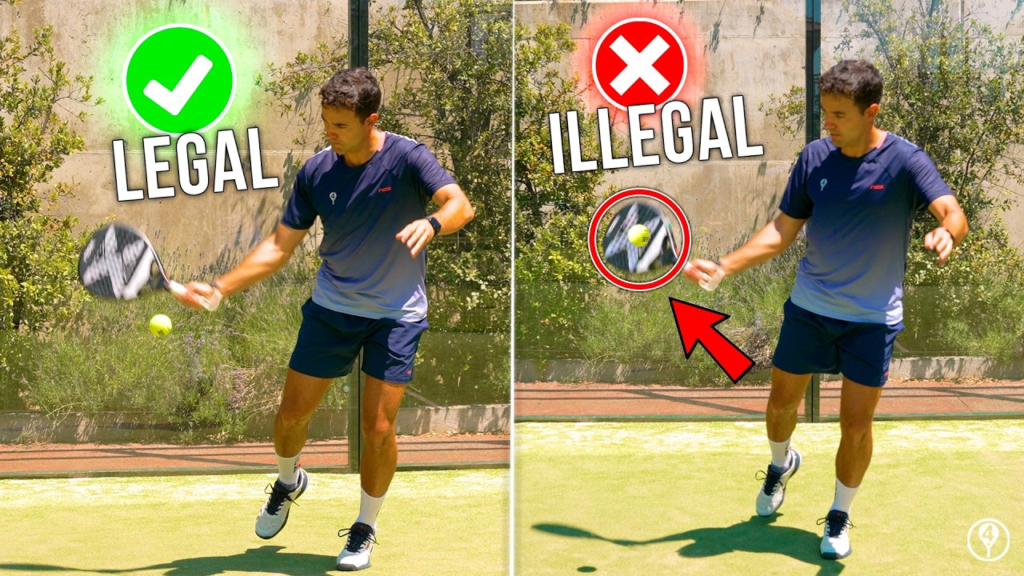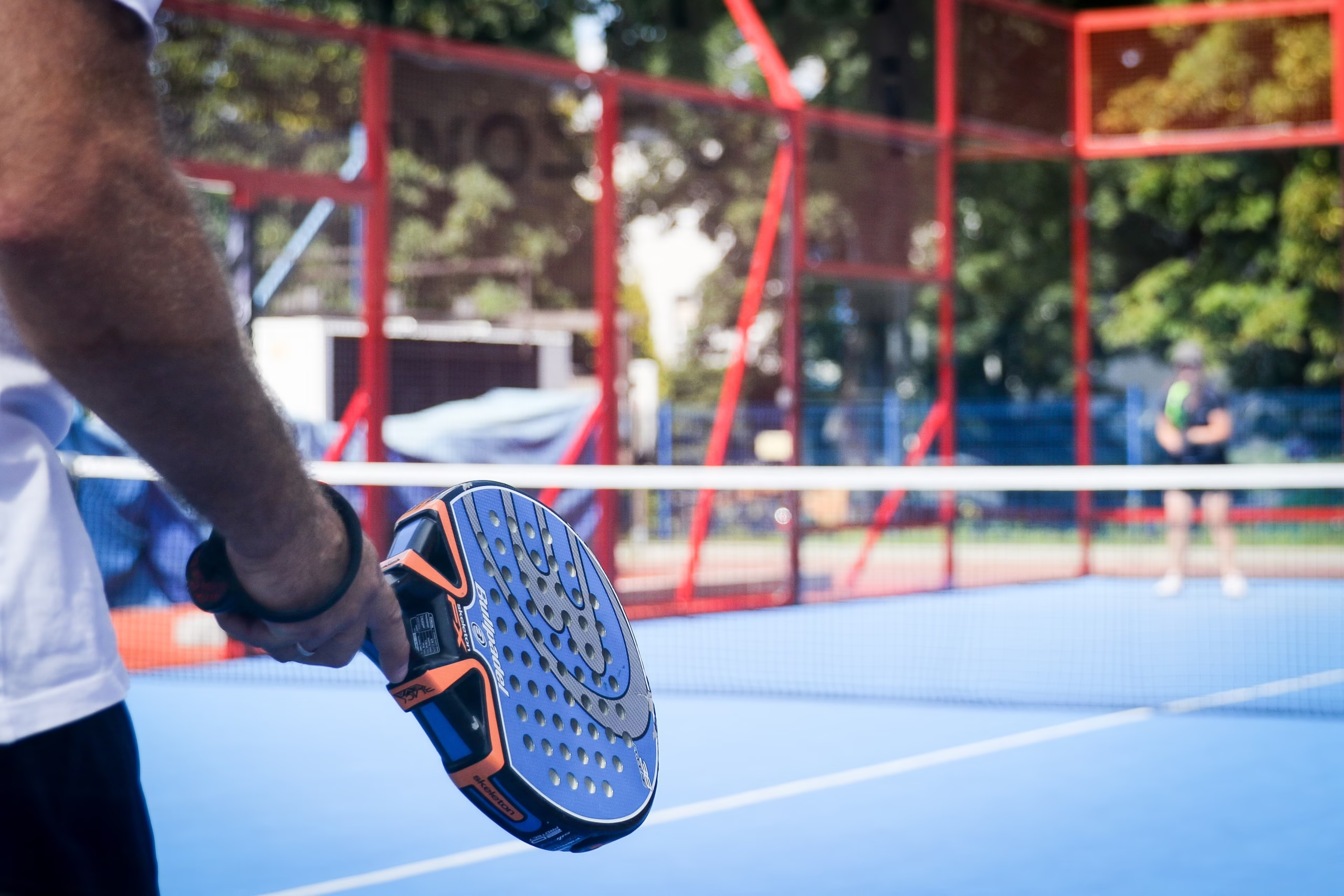Padel is one of those sports that looks way easier than it actually is. You see a few pros casually flicking their wrists, sending the ball exactly where they want it, and you think, “Yeah, I got this.” But then you step onto the court, grab a racket, and suddenly you’re serving like a malfunctioning robot.
Serving in padel isn’t rocket science, but it’s also not as simple as just whacking the ball and hoping for the best. If you want to get past that awkward beginner phase where your serve is either a slow, floating invitation for your opponent to smash or a tragic attempt that hits the glass and rolls away in shame, this guide is for you.
Why the Padel Serve Matters (Even if You Think It Doesn’t)
You might be thinking, “It’s just a serve, how hard can it be?” Well, a weak serve in padel is like handing your opponent a free ticket to domination. Unlike tennis, where the serve is a powerful, borderline aggressive weapon, padel’s underhand serve is more about strategy and control. A well-placed serve sets the tone for the point, forcing your opponent into a tough return rather than giving them an easy start.
A bad serve? That’s just a free gift to the other side.
So, let’s fix that.
The Rules of Serving in Padel (Yes, You Have to Follow Them)
Before we dive into technique, let’s cover the basics so you don’t accidentally serve like an outlaw and get dirty looks from your doubles partner.
1. Underhand Only—No Fancy Overhead Stuff
Unlike tennis, where you can smash down serves like a gladiator, padel requires you to serve underhand. That means the ball must be hit below waist level, so no sneaky overhead bombs.
2. Ball Must Bounce First
You can’t just toss the ball and hit it in the air. Instead, you must let the ball bounce on the ground before striking it. And no, you can’t bounce it so high that it turns into a disguised overhead serve.
3. Behind the Service Line
You need to stand behind the service line when you serve, and at least one foot has to stay on the ground. No jumping around like a kangaroo.
4. Cross-Court Only
Your serve has to land diagonally in the opponent’s service box. If you aim straight ahead, congratulations—you just gifted your opponent a free point.
5. No Touching the Glass First
The ball must bounce in the service box first. If it hits the glass before bouncing, it’s a fault. If it hits the wire mesh after bouncing, that’s fine (and can actually be a strategic move).

How to Serve Like You Actually Know What You’re Doing
Now that we have the rules down, let’s talk technique. Because let’s be honest, no one wants to be that person who double faults every other serve.
1. Get the Grip Right
If you’re holding your racket like a frying pan, we have a problem.
For a solid serve, use the continental grip, which is the same grip you’d use to hold a hammer. It allows for better control and placement rather than just awkwardly slapping the ball.
2. Find Your Stance
Stand sideways with your feet shoulder-width apart. Your front foot should be pointing toward the opposite service box, and your back foot should be slightly behind for balance. You’re not about to tee off in golf, but a solid base helps keep things smooth.
3. The Bounce is Your Friend
Gently drop the ball so that it bounces up to a comfortable height. If you let it bounce too high, you’ll be forced to awkwardly adjust your swing. Too low, and you’ll be scraping the floor just to make contact.
4. Smooth, Controlled Swing
Now, here’s where most beginners mess up. They either try to power through the serve or barely tap the ball like they’re scared of it. The key? A smooth, relaxed motion. Think of it as a controlled push rather than a wild slap.
Aim to make contact with the ball slightly in front of your body and guide it towards the opponent’s service box with a little bit of slice. This keeps the ball low and makes it harder to attack.
Common Beginner Mistakes (That You Should Avoid)
Let’s talk about the mistakes that will make your serve go from “meh” to “please stop serving.”
1. Hitting Too Hard
Padel is about control, not power. If you’re trying to blast your serve like a tennis player, you’re doing it wrong. Instead of thinking about speed, focus on placement.
2. Not Using the Continental Grip
Seriously, the wrong grip can ruin your serve before you even hit the ball. The frying pan grip? Leave that in the kitchen.
3. Poor Ball Placement
If your serve is always landing in the middle of the service box, you’re giving your opponent an easy return. Aim for the corners or closer to the sidewall to make their life harder.
4. Double Faulting Like It’s Your Job
If you keep missing, stop overcomplicating it. A simple, controlled serve is always better than a risky one that barely makes it in.
Pro Tips to Make Your Serve Annoyingly Effective
Now that you have the basics, let’s make your serve an actual weapon (or at least, something that won’t embarrass you).
1. Serve Near the Side Wall
A serve that bounces near the side wall makes it awkward for your opponent to return, especially if they’re not comfortable with glass rebounds.
2. Mix Up Your Serve
Predictable serves are easy to attack. Sometimes serve deep, sometimes shorter, and throw in a little slice to keep your opponents guessing.
3. Watch the Opponent’s Positioning
If they’re standing too far back, hit a short serve. If they’re too close, push them back with a deeper serve. Make them work for it.
4. Stay Ready
Your job isn’t done after the serve. Be prepared for the return and get into position quickly. A good serve sets you up for an even better next shot.
Final Thoughts
Serving in padel isn’t about brute force. It’s about control, strategy, and making your opponent as uncomfortable as possible (in a legal, sportsmanlike way).
Master the basics, avoid the common mistakes, and start adding a bit of variety to your serves. Before you know it, you’ll go from being a beginner who double faults half the time to someone who actually looks like they know what they’re doing.
Now go out there and serve like a padel pro—or at least like someone who didn’t just pick up a racket yesterday.
#1 Resource For Padel Guides, News and Reviews Daily Stay Ahead with Expert Insights, Product Reviews, and Guides.





